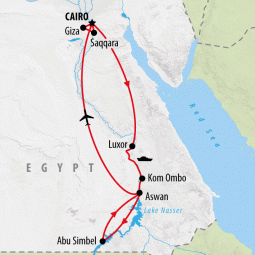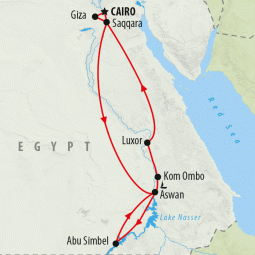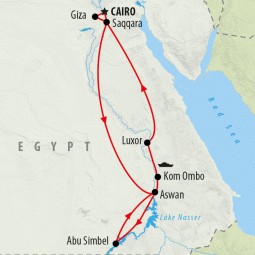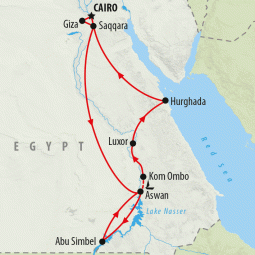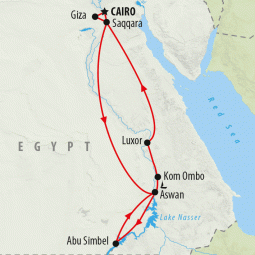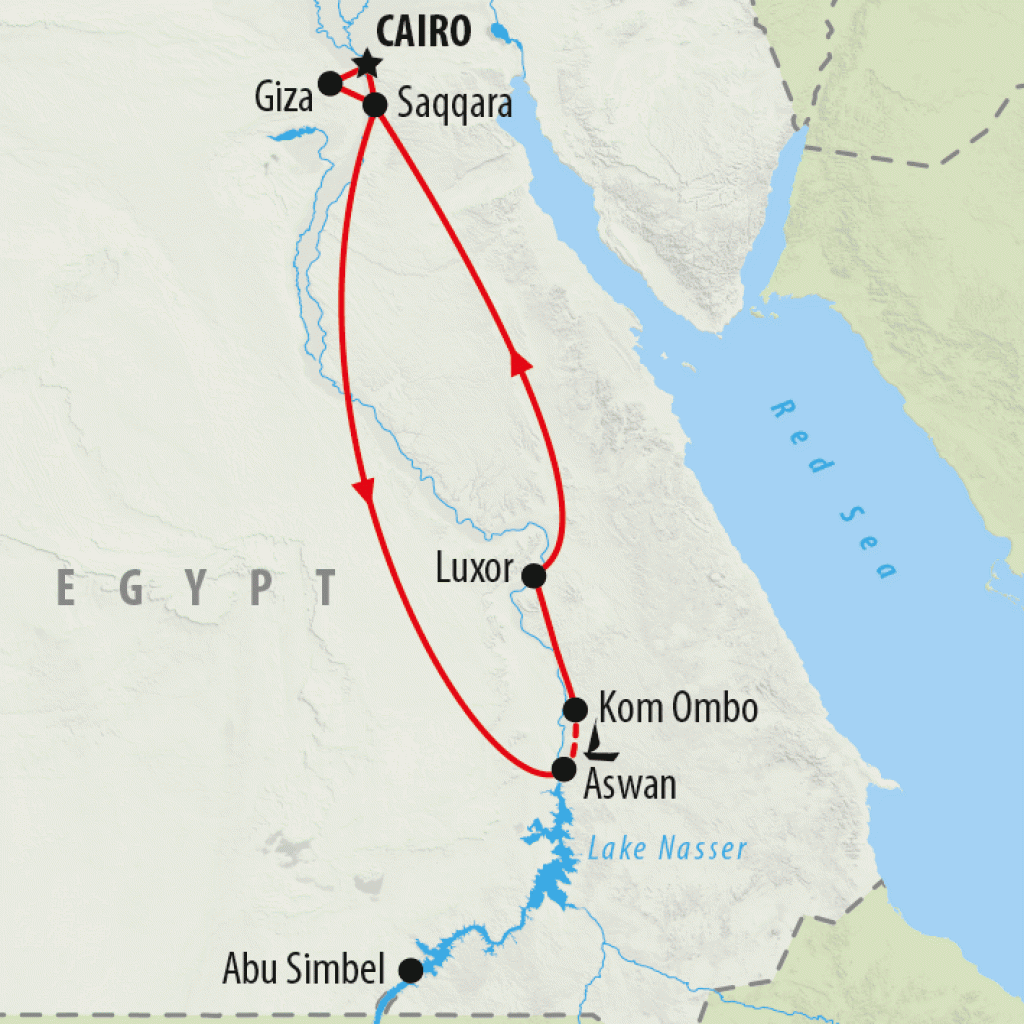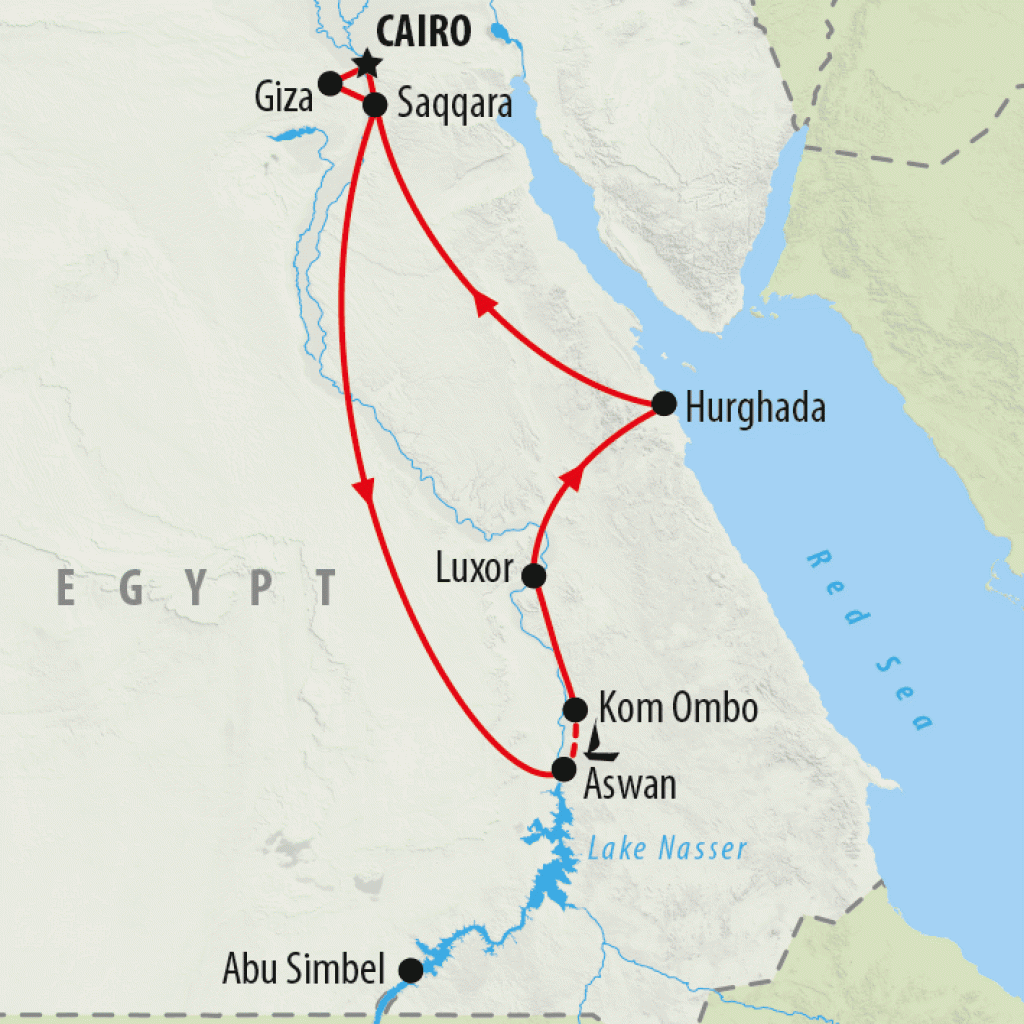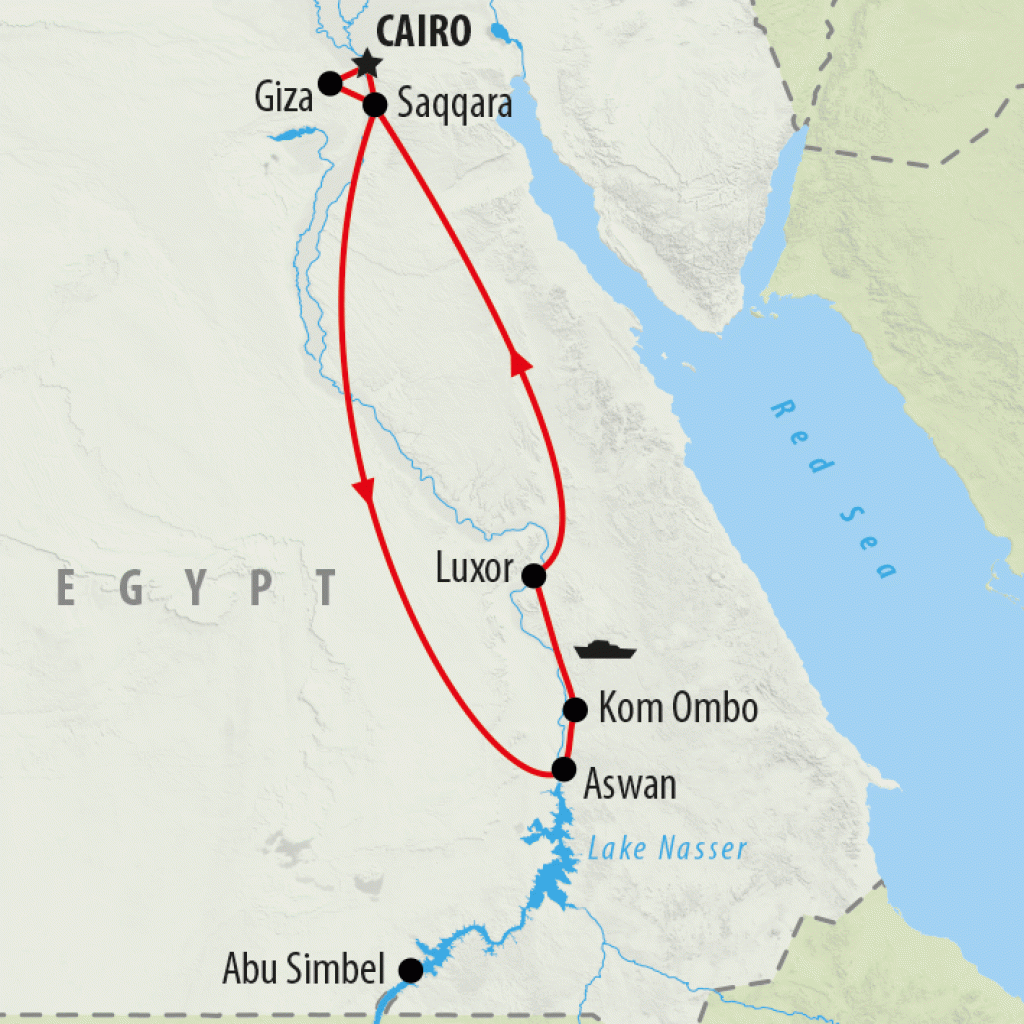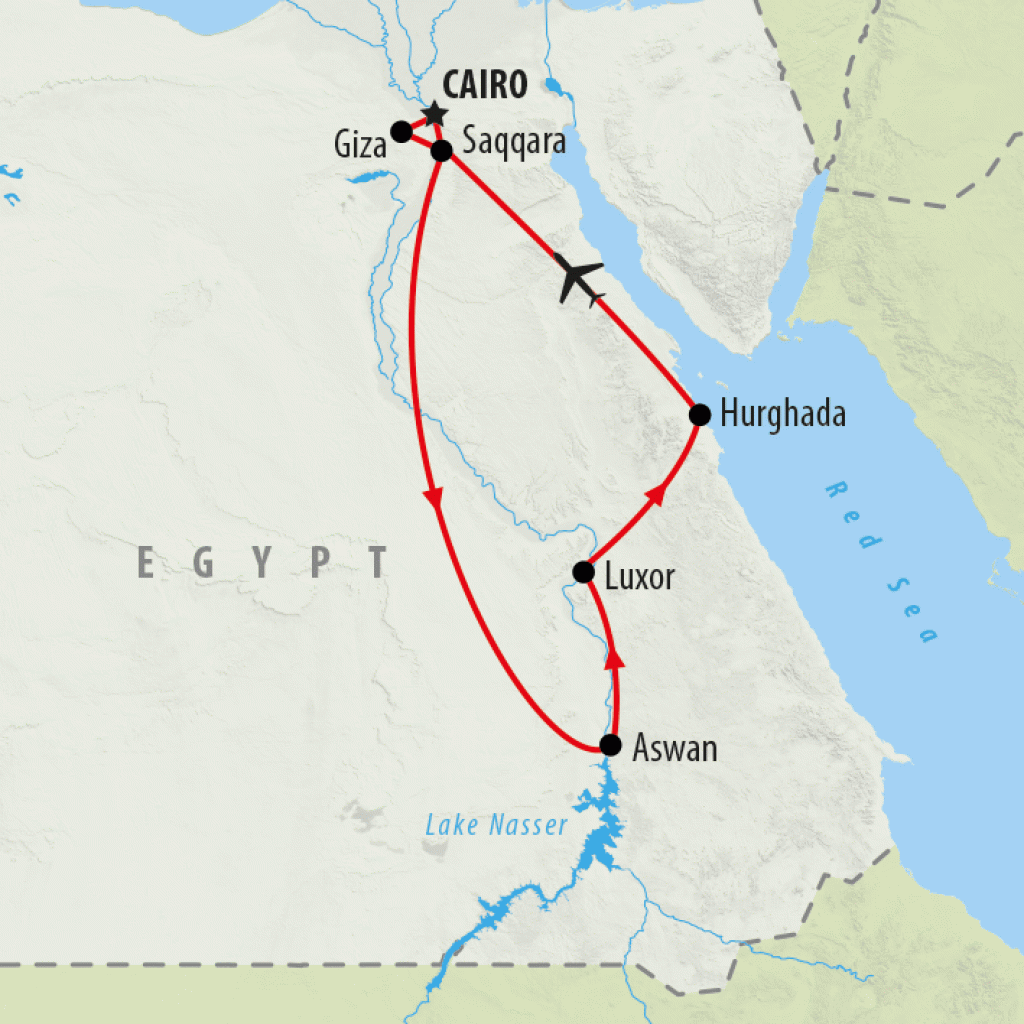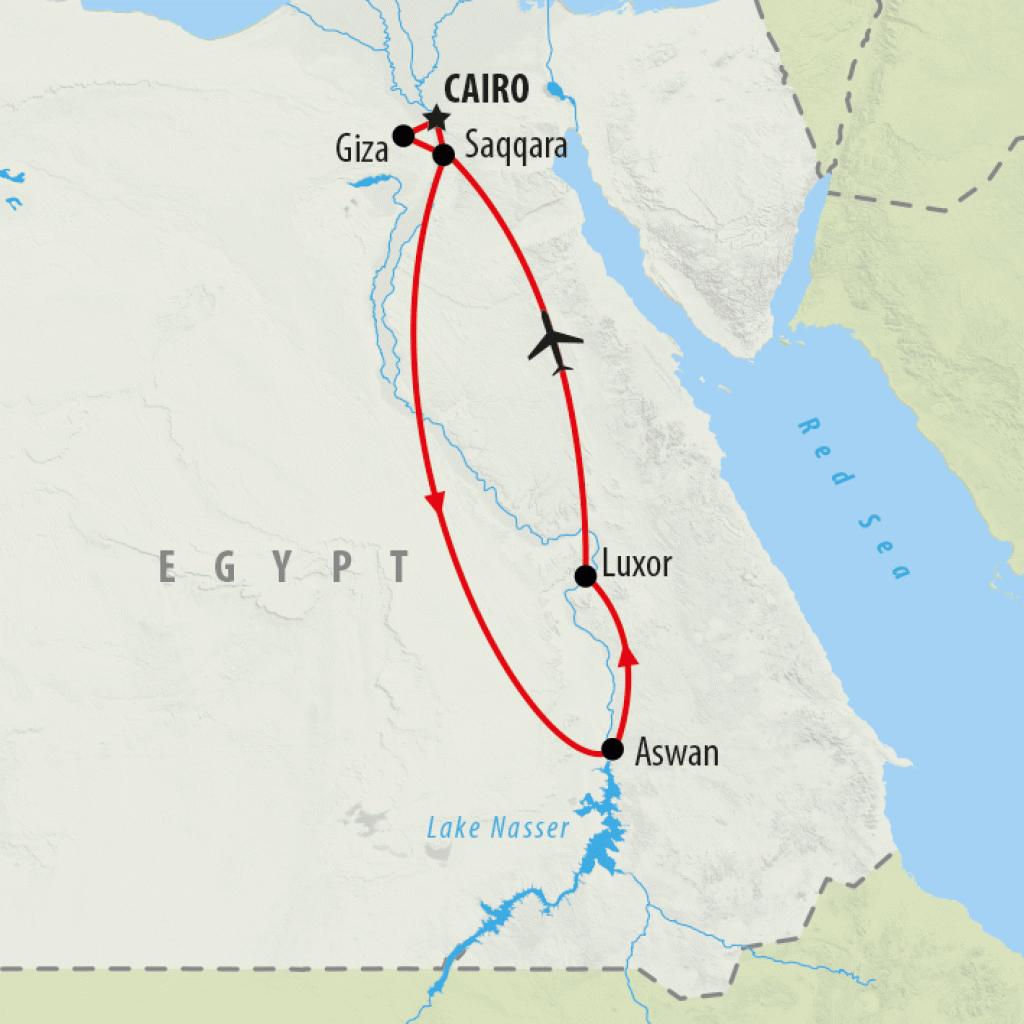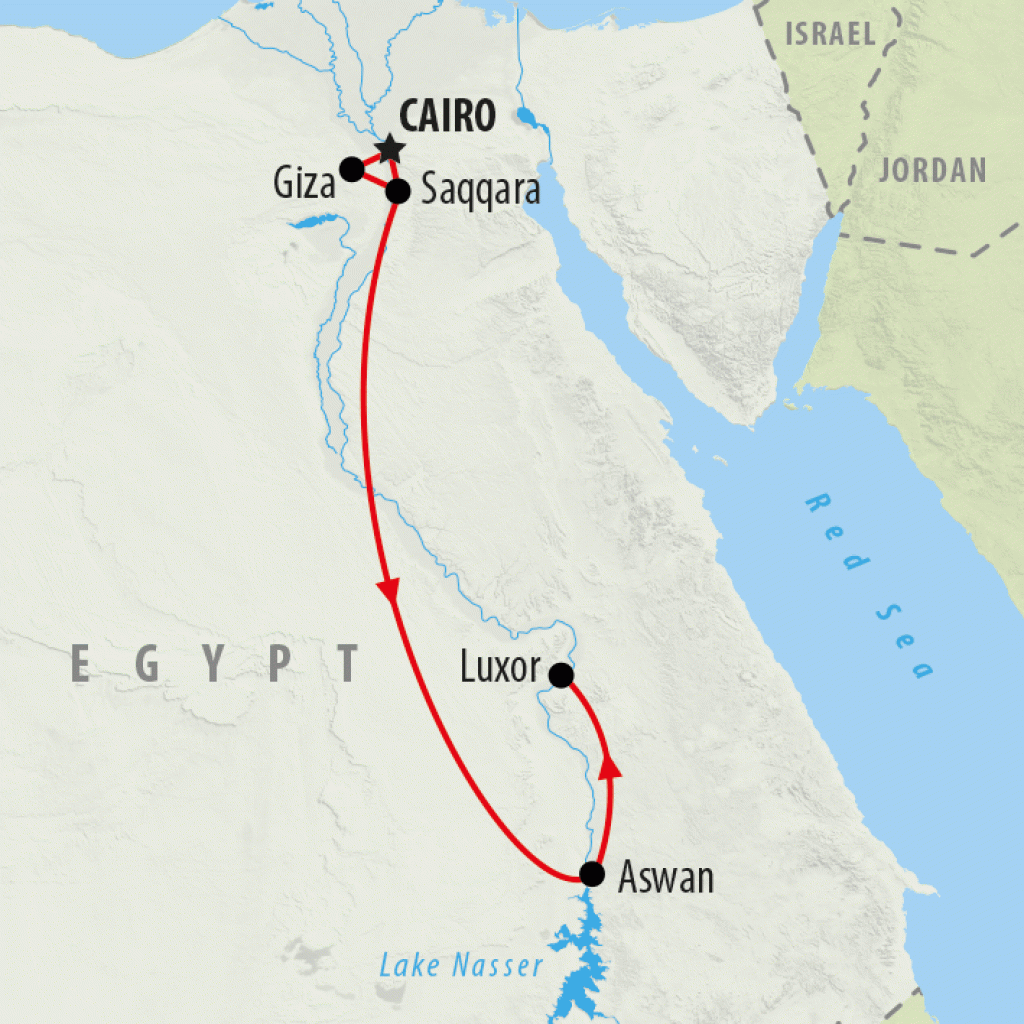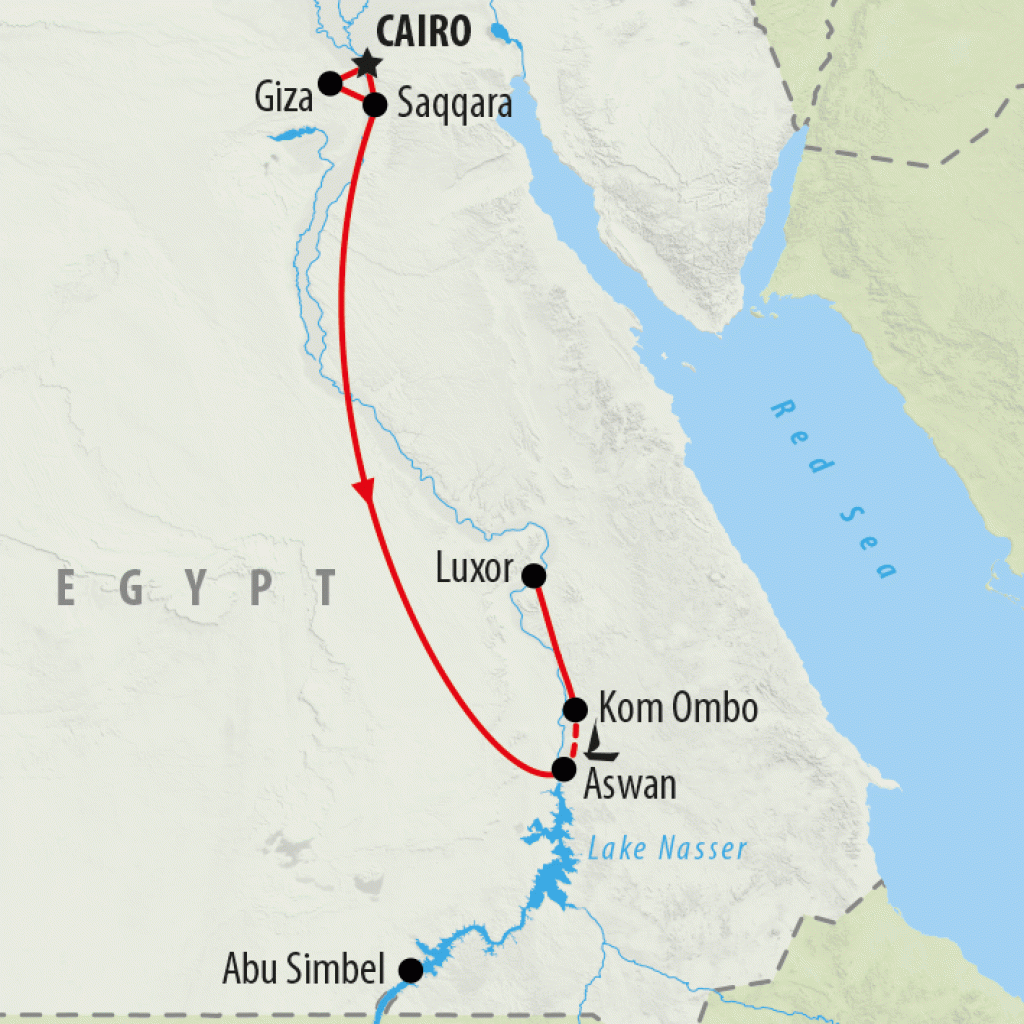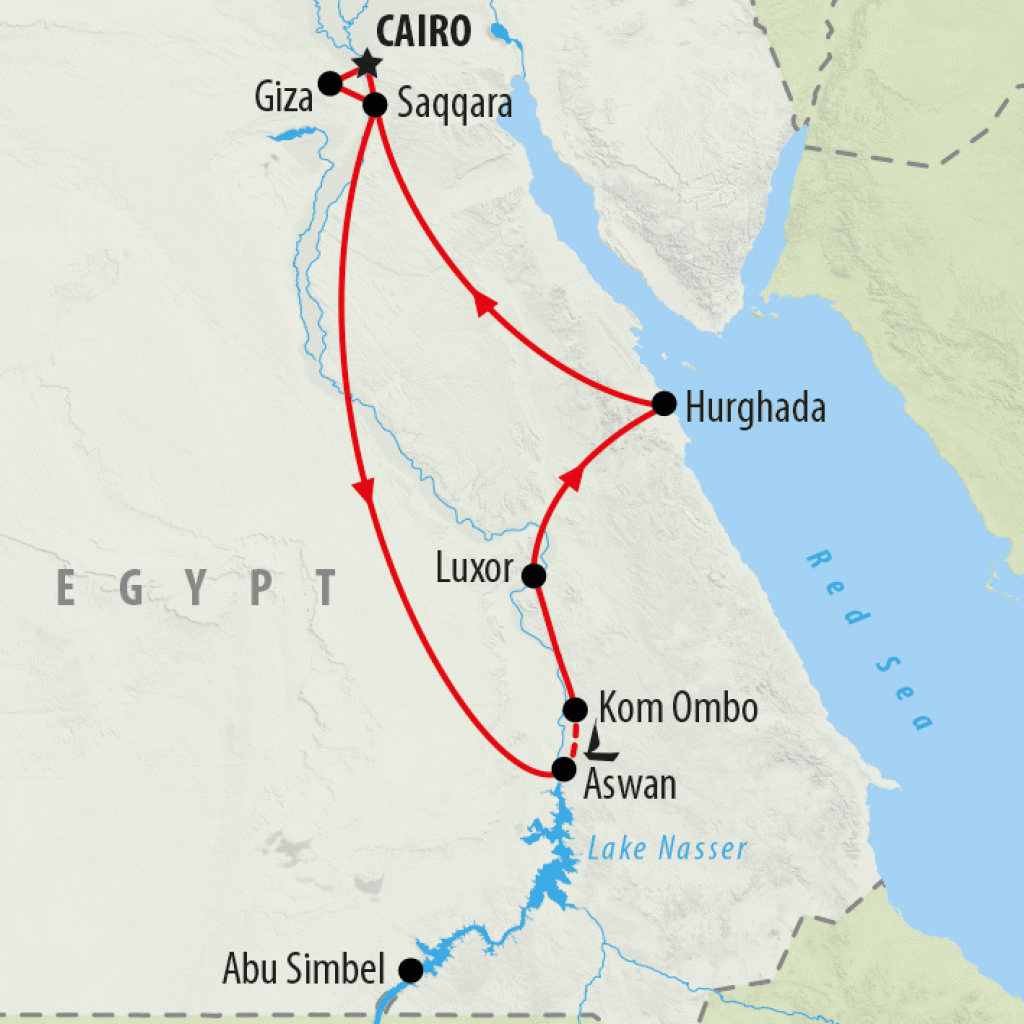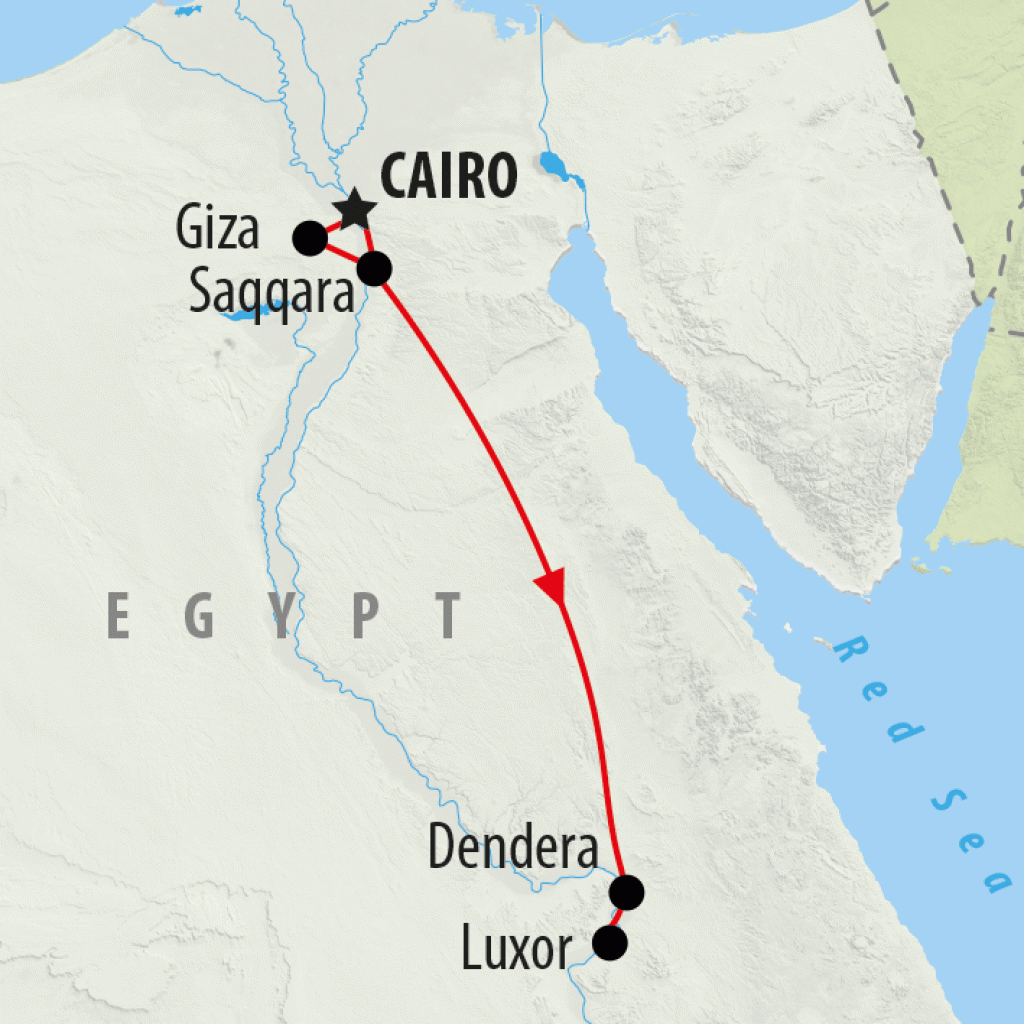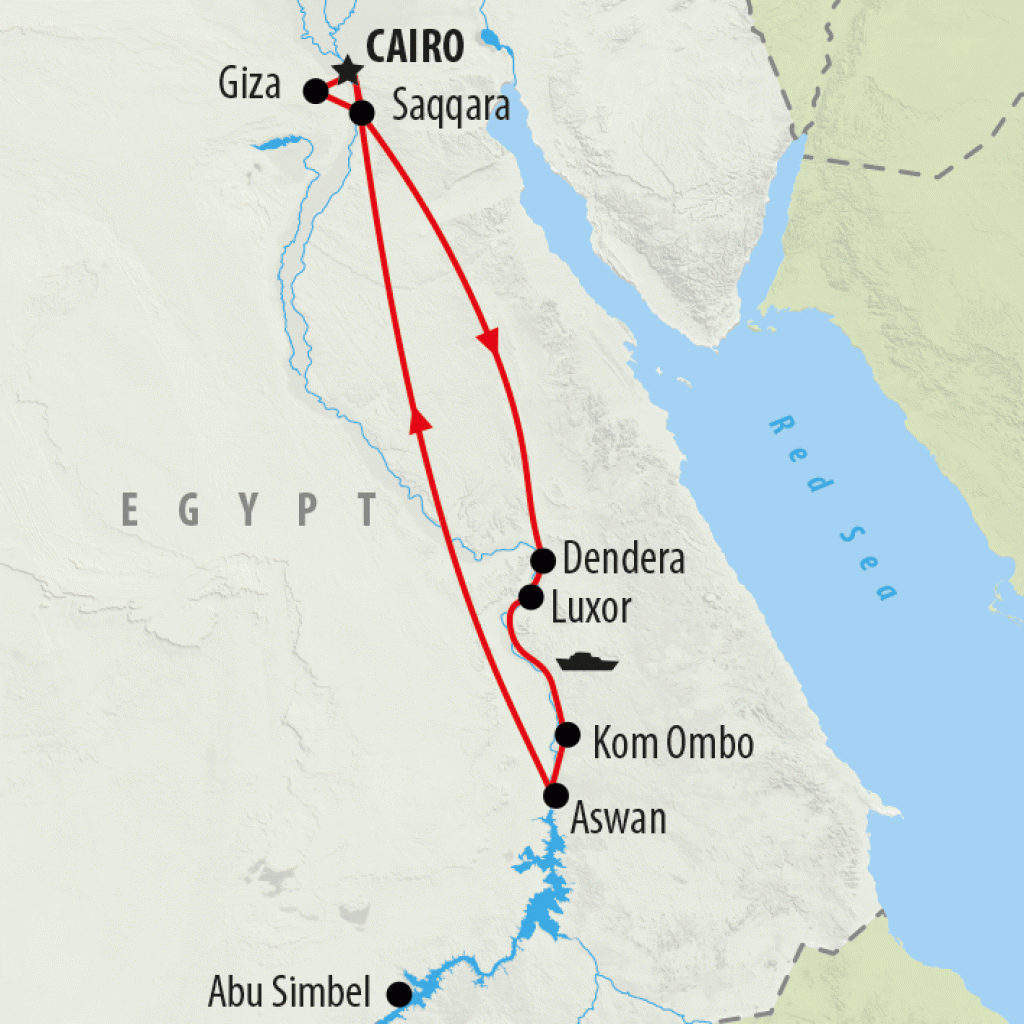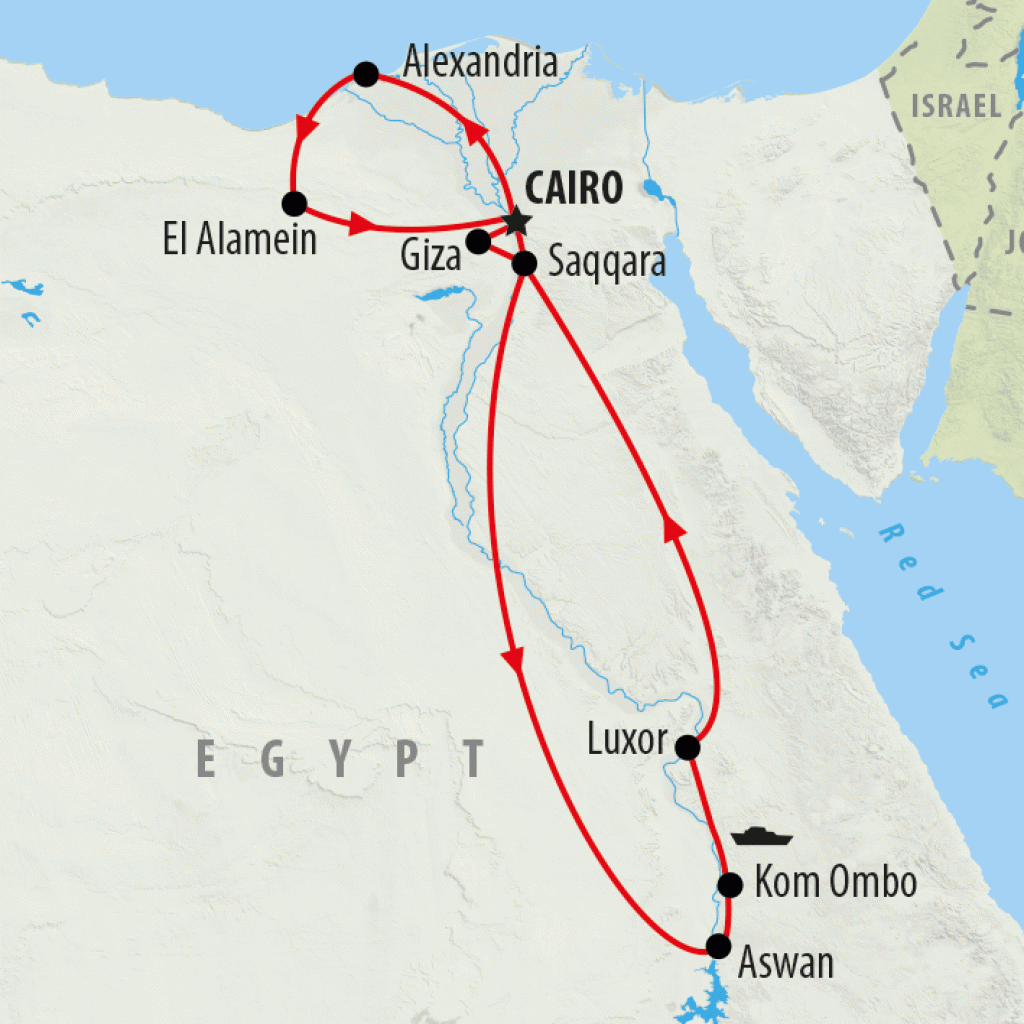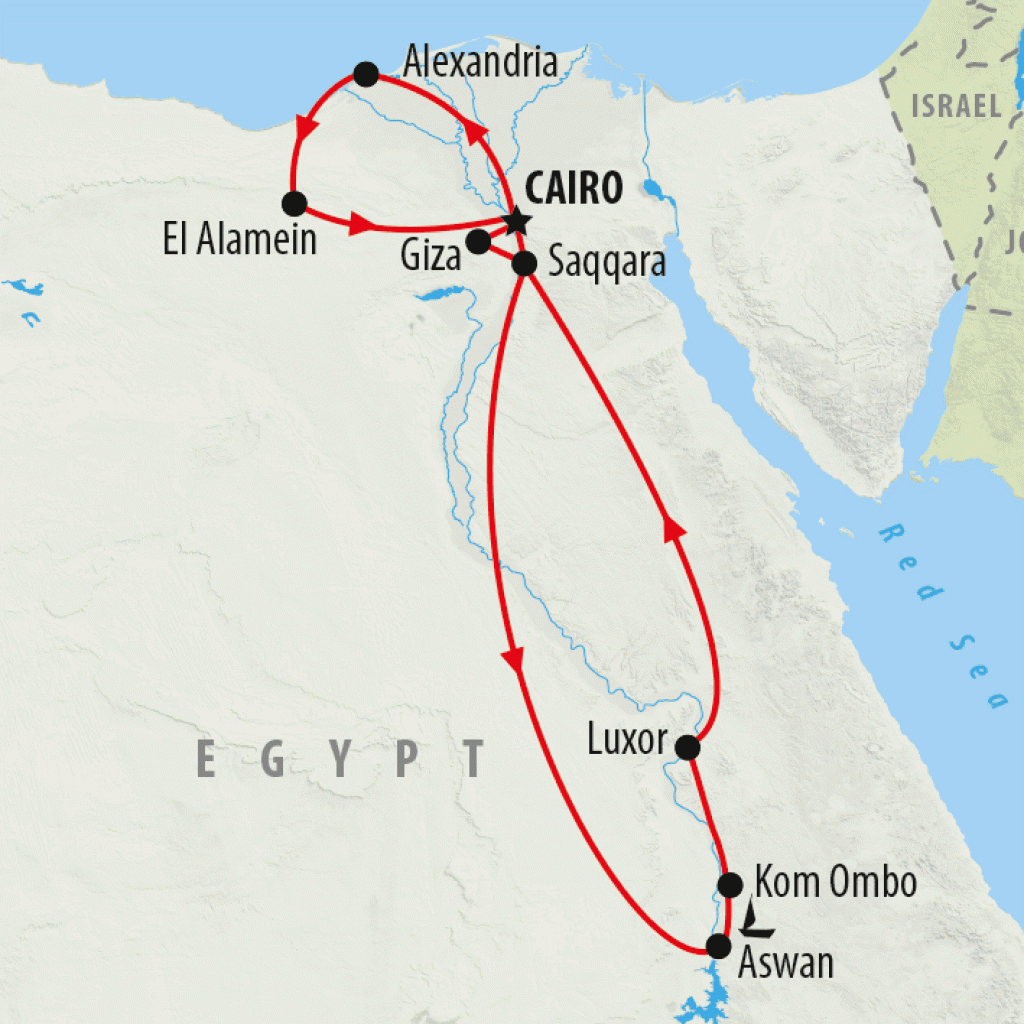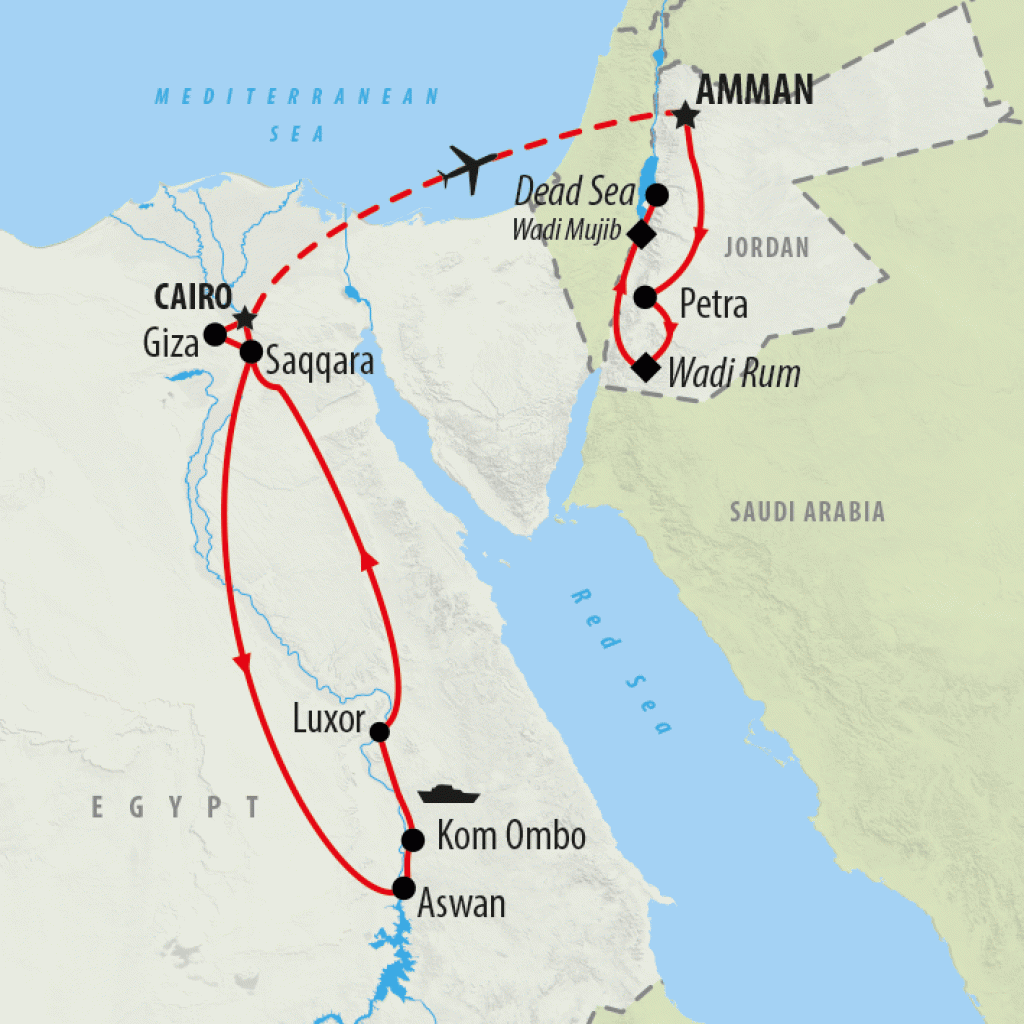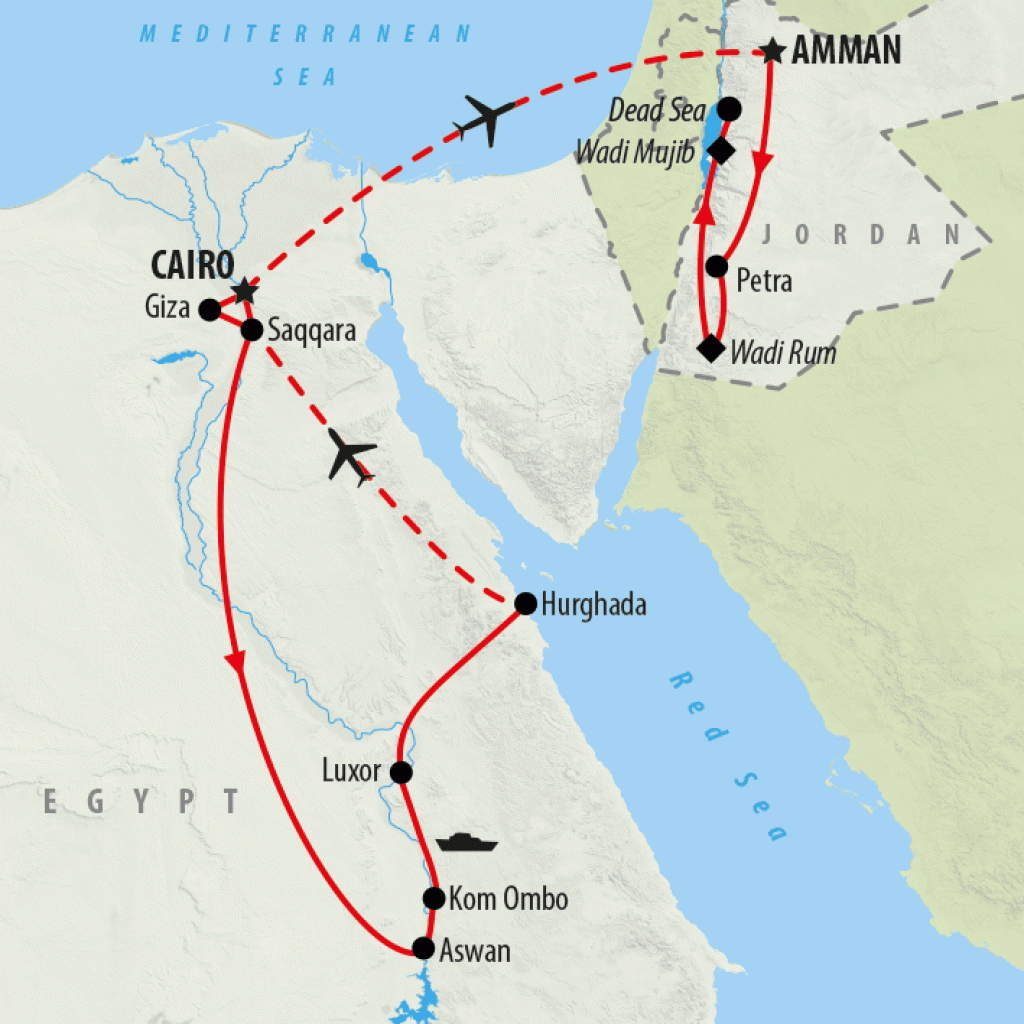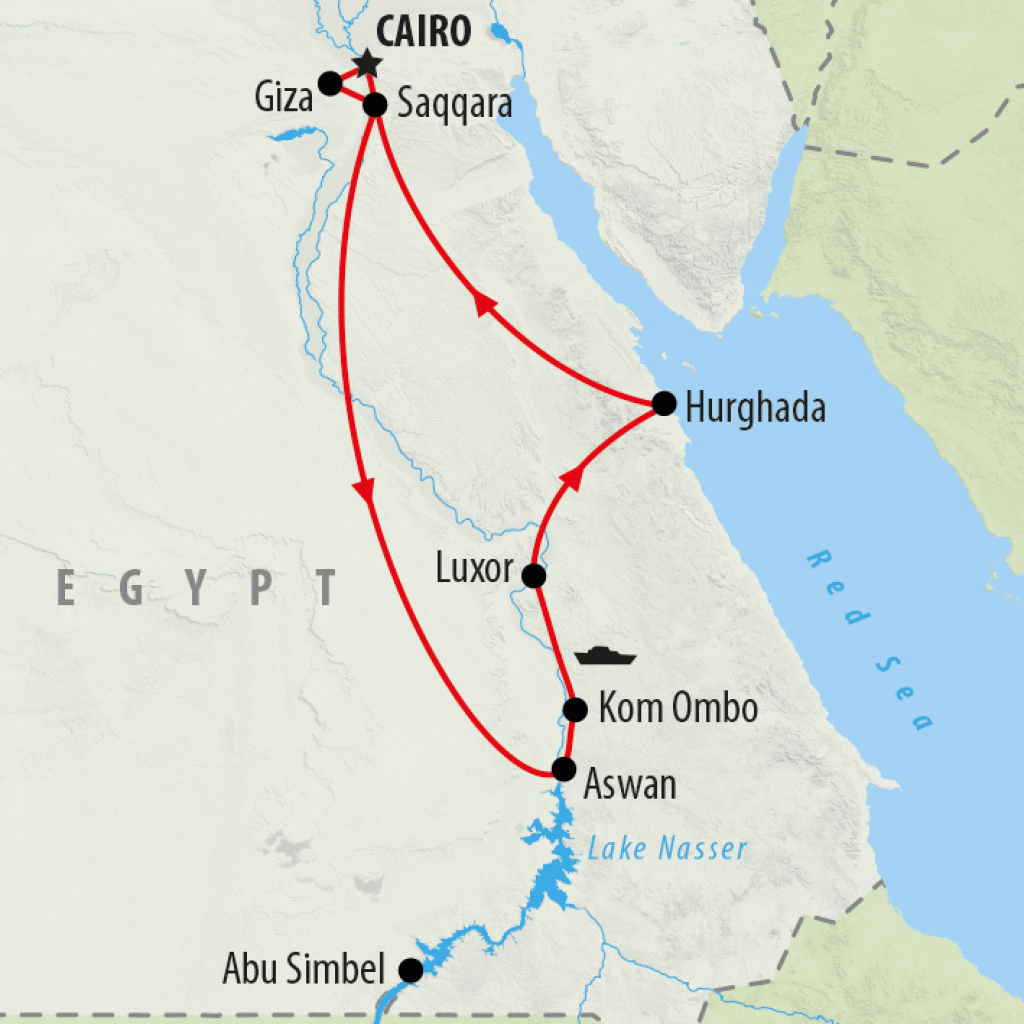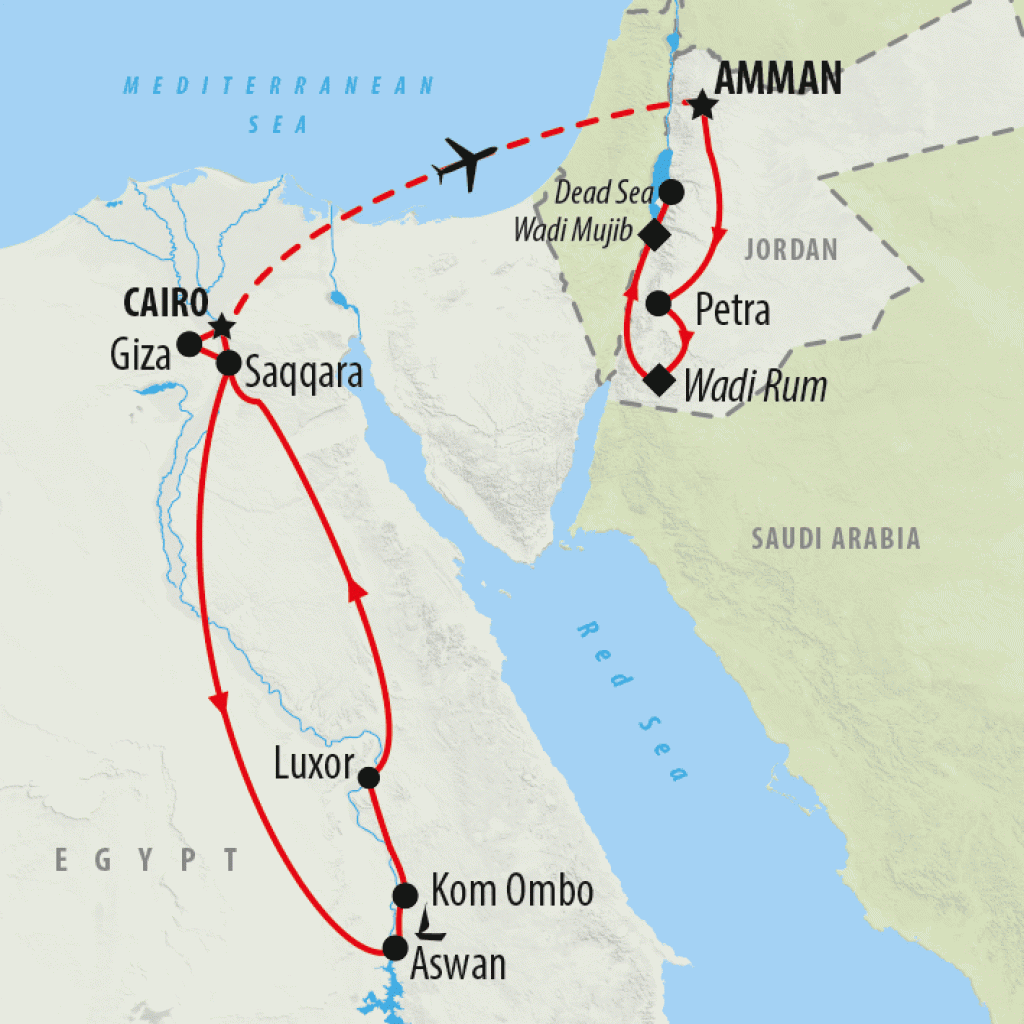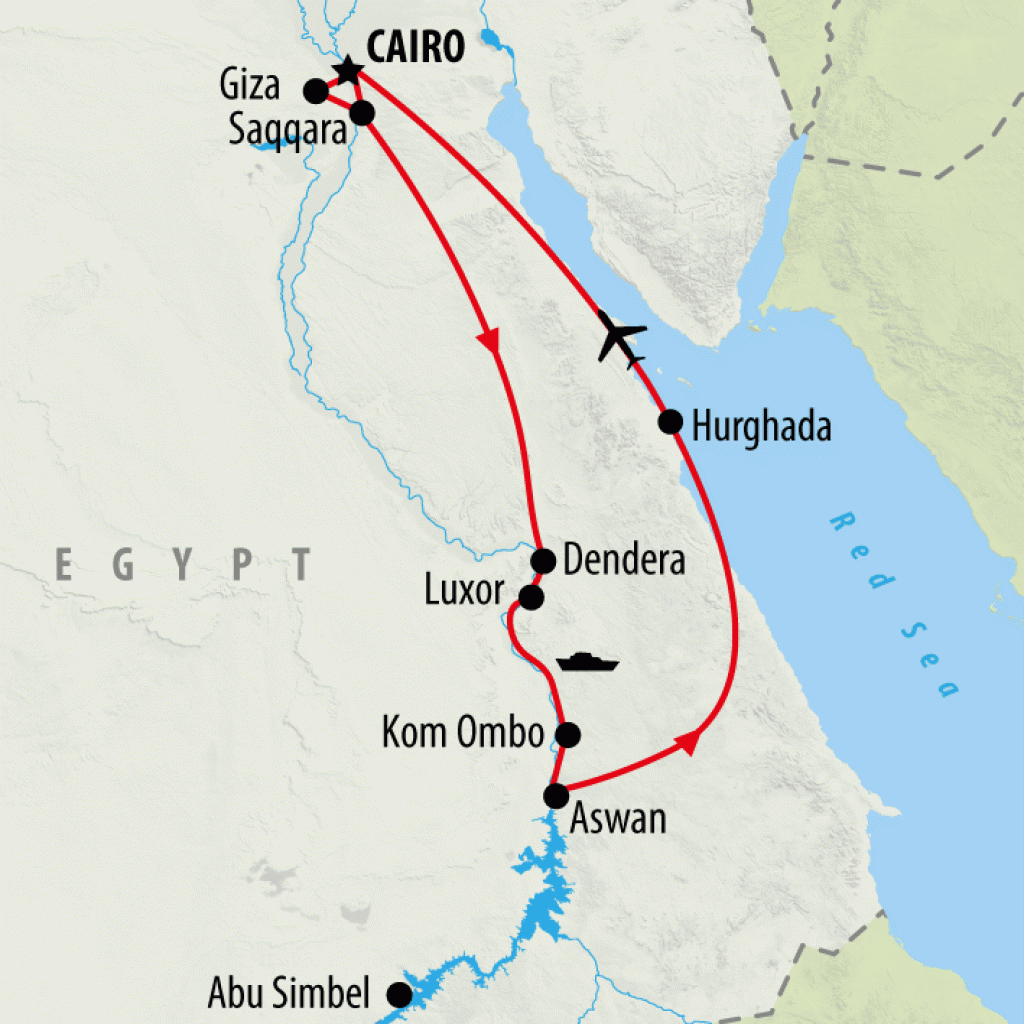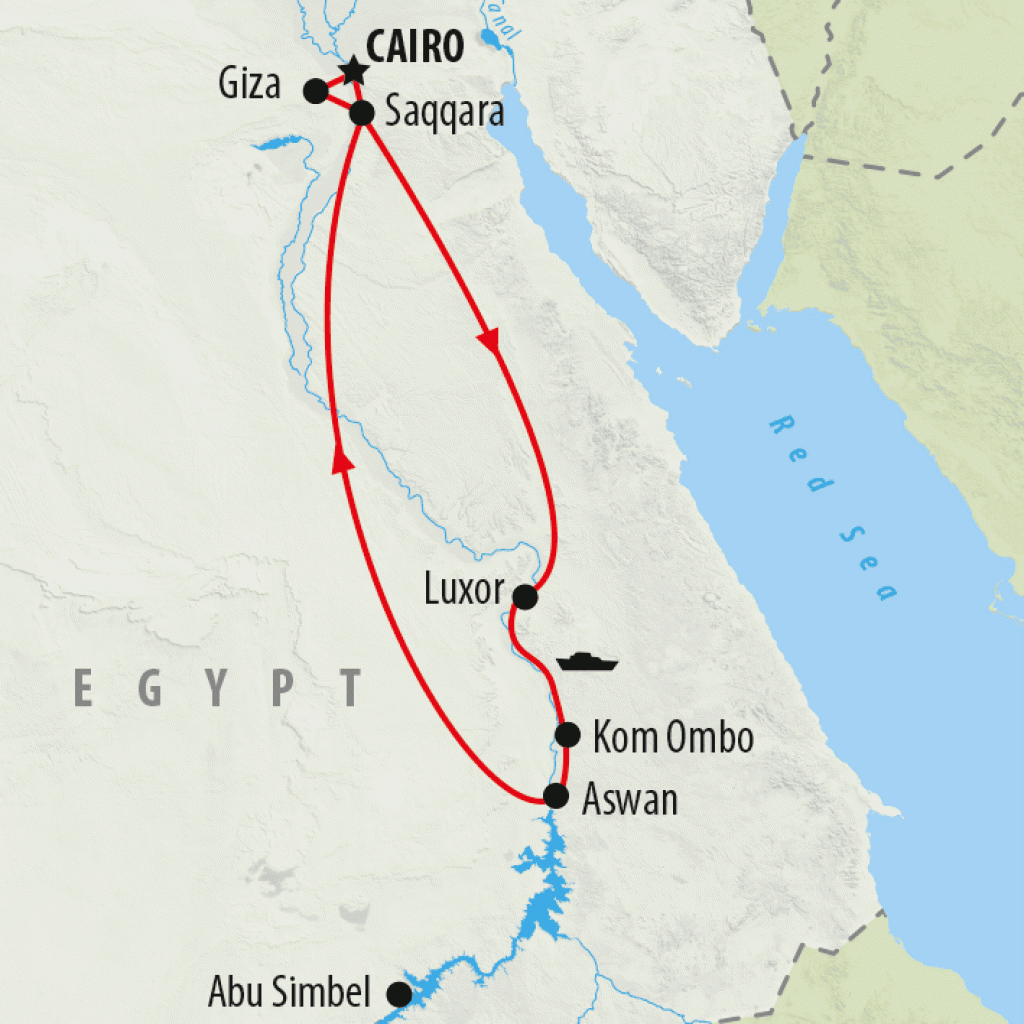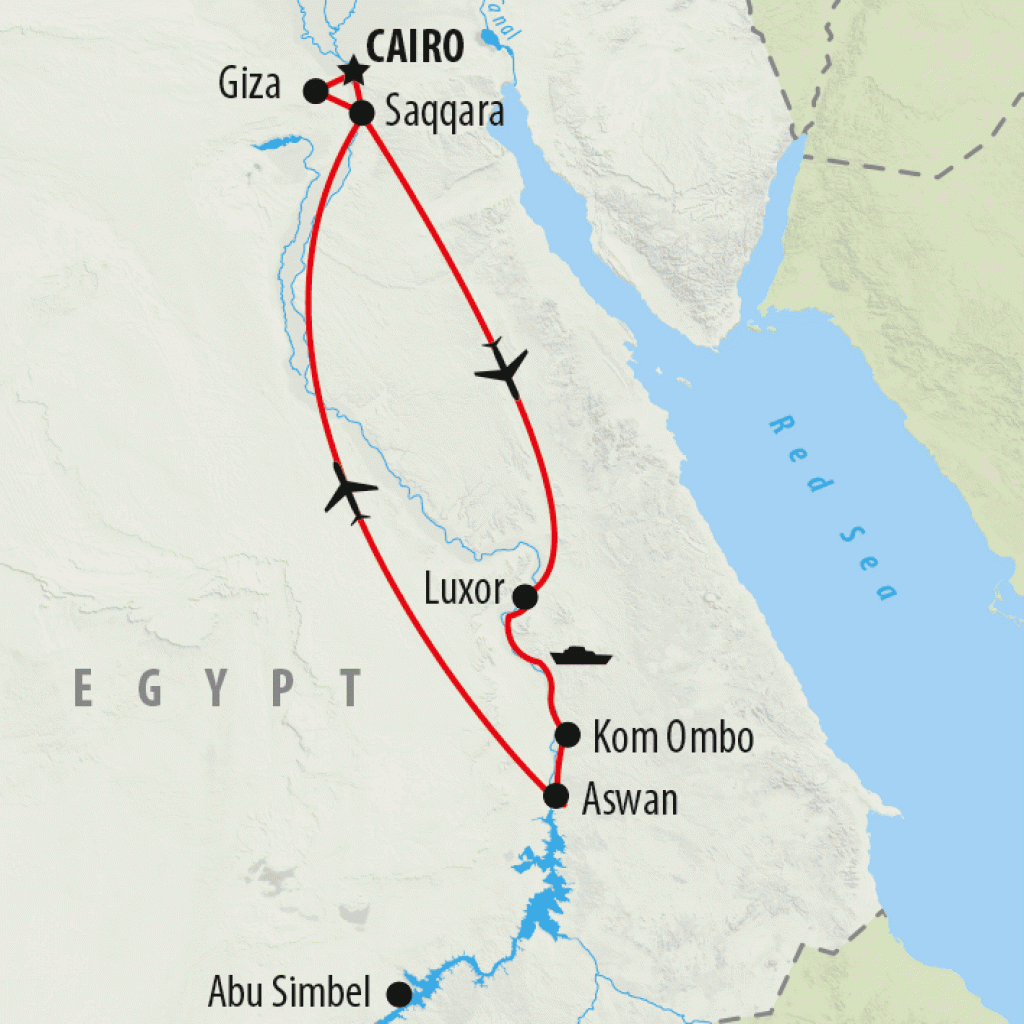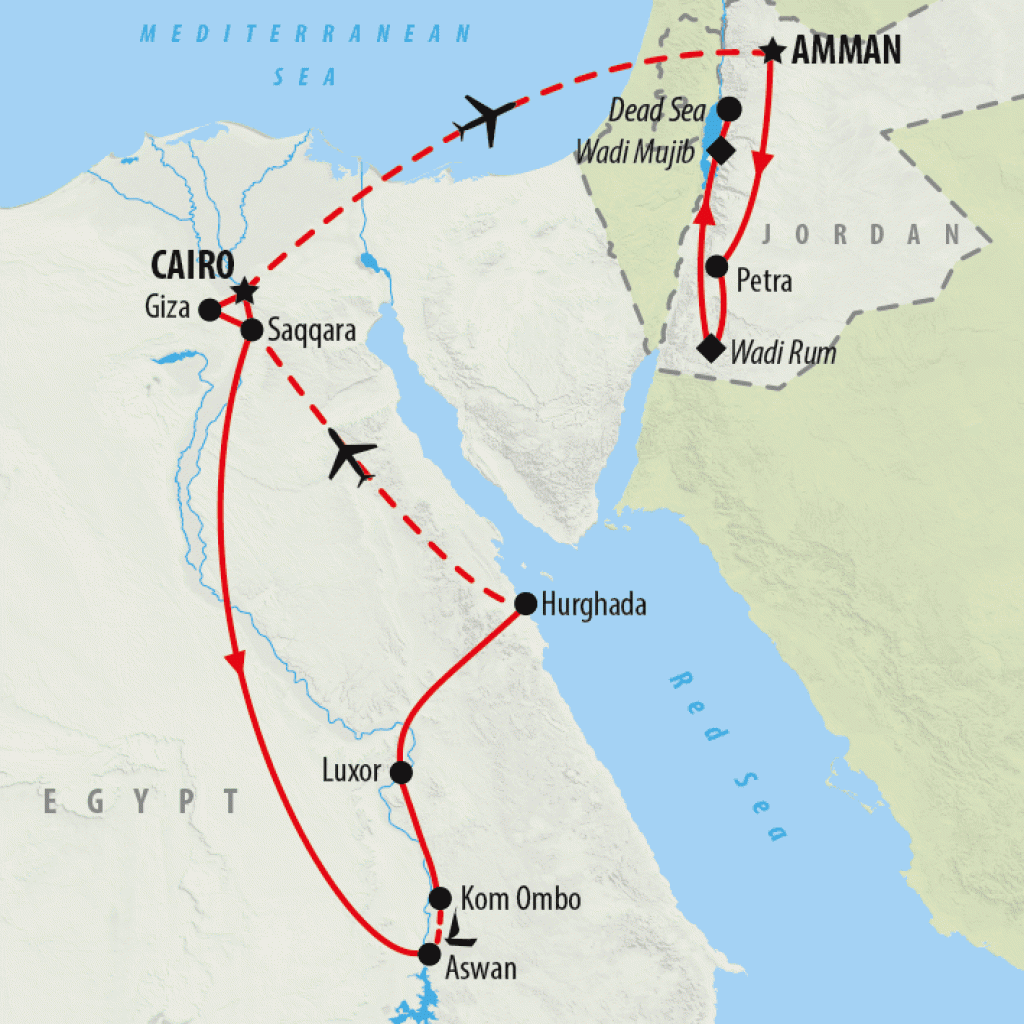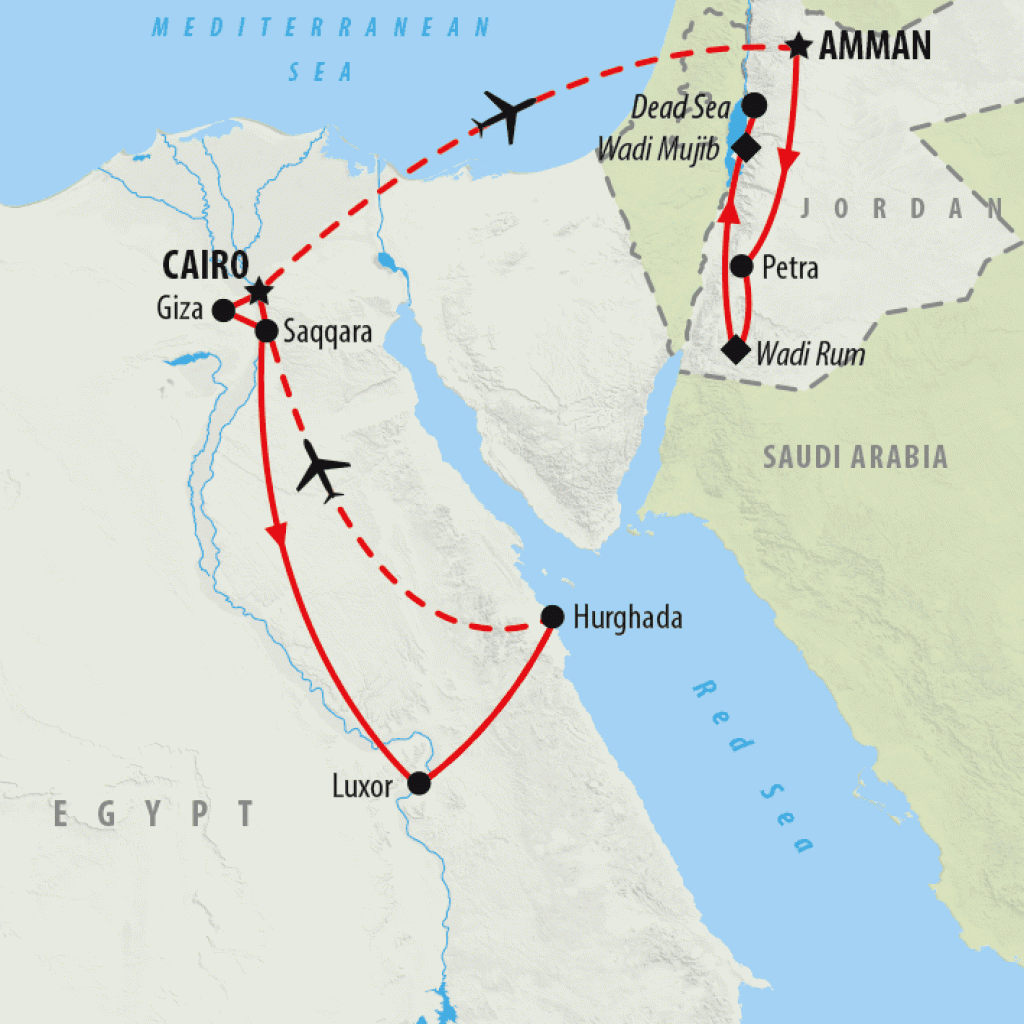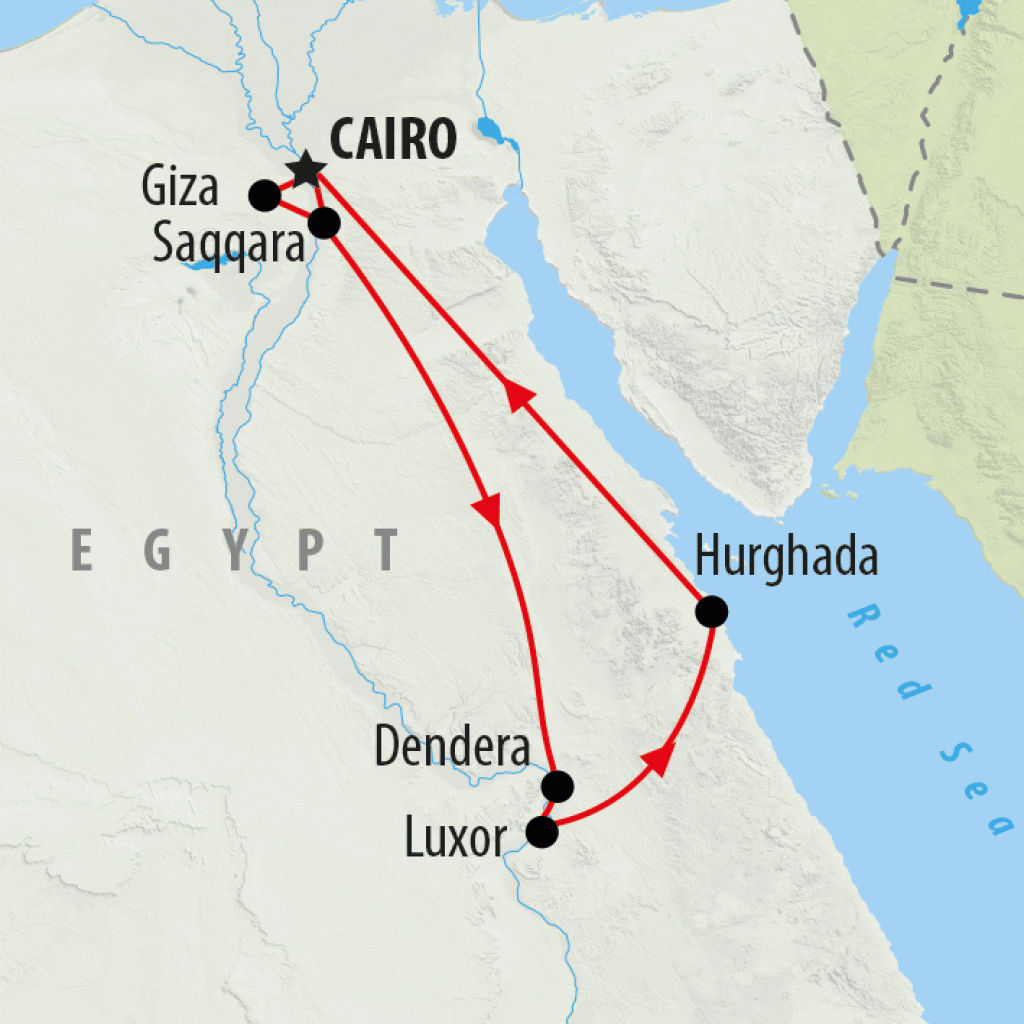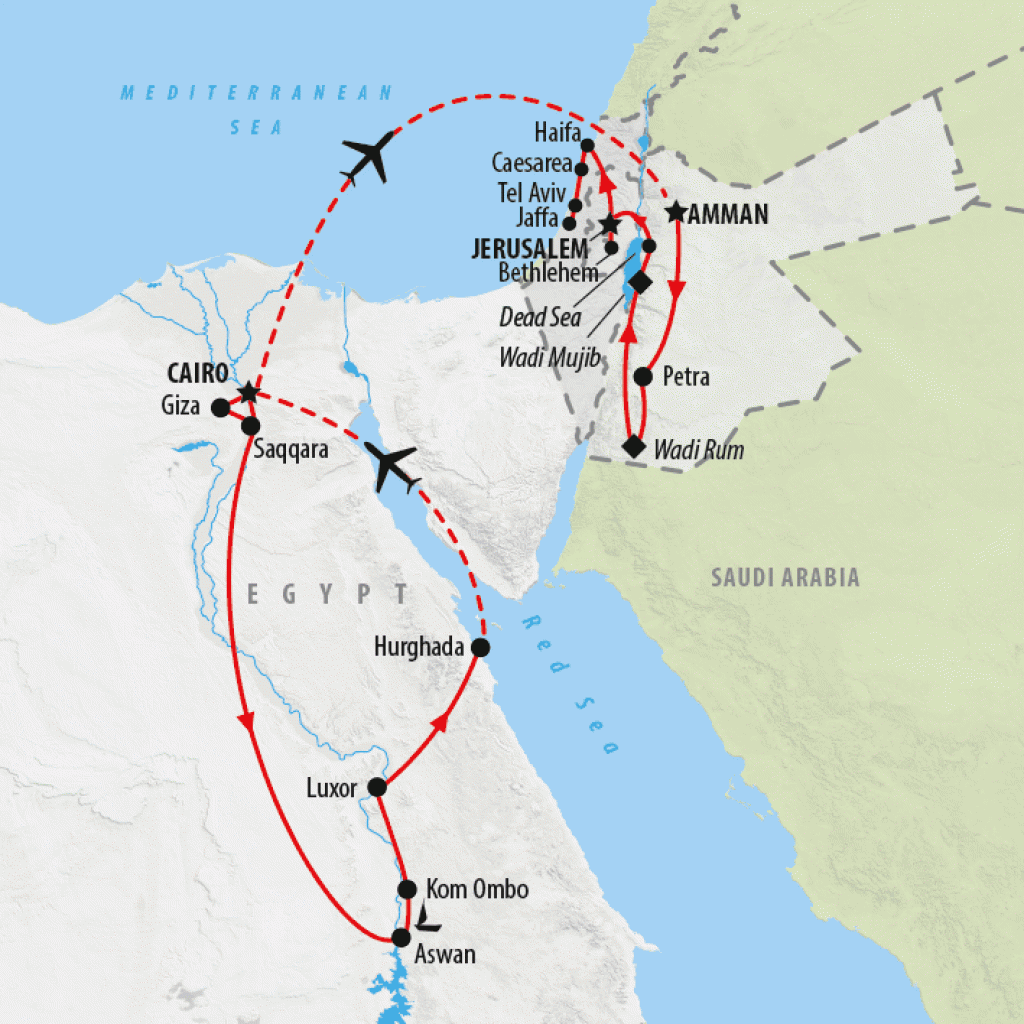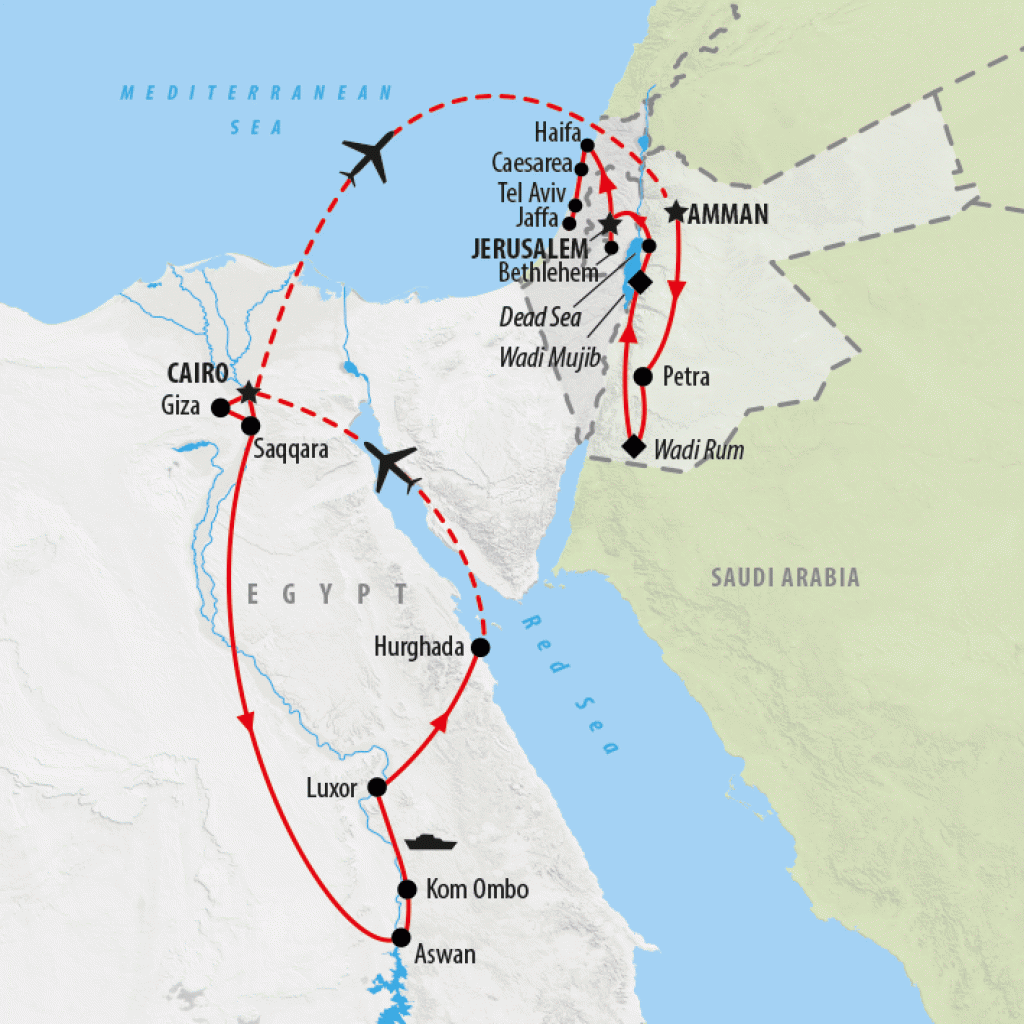During the time of Ancient Egypt, many festivals graced the calendar with grand processions made through the cities and on the sacred waters of the River Nile. Many of these festivals marked important agricultural events in the solar year, involved the worship of influential gods or celebrated ruling kings and queens. Some of these festivals have stood the test of time and continue to be celebrated today. Without a doubt the most famous of these is the Abu Simbel Sun Festival, which takes place in February and October of each year, in the the perfect marriage of human endeavour and natural phenomena.

What is the Abu Simbel Sun Festival?
The Abu Simbel Sun Festival is a bi-annual event that takes place at the spectacular temple of Ramses II in the south of Egypt. On two days of the year the central chamber of the temple is illuminated by the sun. For a short period of time, the sun aligns perfectly to illuminate the inner sanctum of the normally dark interior. Clever architecture means that the temple's inner statues of Ra (the sun god) and Amun (the king of the gods) are illuminated. Only Ptah, the god of darkness, remains in the shadow. This event has been taking place for over 3,200 years.
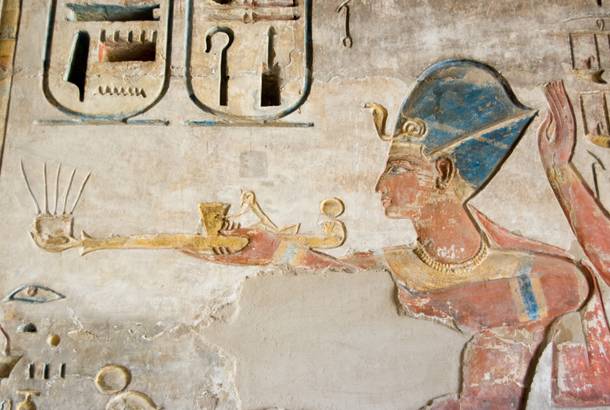
Who built the temples of Abu Simbel?
Abu Simbel is home to two treasured rock-cut temples - one dedicated to Ramses II and the second dedicated to his wife, Queen Nefertari. Both temples were built by Ramses II between 1290 and 1224 BC in what can easily be considered a display of pure egotism by one of Ancient Egypt's most powerful rulers. A 65-foot tall seated statue of Ramses II greets you at the entrance of the temple, while inside an even grander 108-foot tall Ramses statue watches over visitors. Carved into sandstone cliffs, the temples are widely considered one of Egypt's top attractions and are an extraordinary example of architectural precision. The temple was constructed so that the inner chambers perfectly align with the sun on two days of the year - Ramses II's birthday and the day he took the throne.
Ramses II was the third pharaoh of the 19th Dynasty of Ancient Egypt and took the throne following the death of Seti I. Often known as Ramses the Great, he built numerous cities, temples and monuments and also led many successful military expeditions that took back control of territories that had been lost under his predecessors. He reigned for 66 years - from his early twenties until his death in 1213 BC. Originally buried in the Valley of the Kings near Luxor, the mummy of Ramses II now resides in the Egyptian Museum in Cairo for all to see.
When does the Abu Simbel Sun Festival take place?
The event occurs twice a year - on the 22nd February and the 22nd October. When the temple of Ramses II was first built, the Sun Festival was celebrated a day earlier, on the 21st of February - reportedly the anniversary of Ramses' ascension to the throne, and on the 21st October, his believed birthday. The temple was built so that the inner sanctums were perfectly aligned with the sun's rays on just these two dates of the year - at all other times the inner sanctuary sits in darkness.
The construction of the Aswan Dam in the 1960's threatened to submerge Abu Simbel underwater, so the entire complex was moved in a painstaking operation to bring it 200 metres away from the high water line. The project cost millions of dollars but allowed this most famous of temples to survive, and Egypt to get the development it needed from the dam. Since the move, the Sun Festival now takes place a day later than in the time of Ramses II.
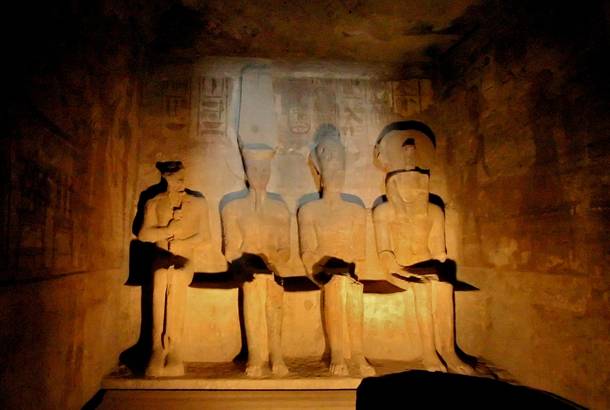
What celebrations occur during the Sun Festival?
Crowds of locals and Egyptians from all over the country join with international visitors to gather together before sunrise outside the temple. Here they watch as the sun rises and cuts through the darkness of the temple's inner chamber. To get to the heart of the UNESCO-listed temple, visitors must first walk through the impressive entrance with its imposing facade of colossal statues. You'll arrive into the grand hall bordered by two treasury rooms and through to the Hypostyle Hall with decorated pillars and bas-reliefs adorning the walls. A second pillared hall leads to the sanctuary, where the four famous statues are seated and the crowd stands two-people deep from the outer walls to allow the sun to penetrate the interior.
After the morning spectacle, visitors head outside where traditional Nubian dance and live music is performed, and food stalls are erected offering fresh koshari. This is Egypt's national dish, consisting of rice, pasta and lentils in a spiced tomato sauce. It's a festive atmosphere that people enjoy for the rest of the day.
Recommended Abu Simbel Sun Festival Tours
If you want to witness this spectacle for yourself, check out our specially designed tours that include the Abu Simbel Sun Festival as well as touring of Egypt's most popular ancient sites from the Pyramids of Giza to the royal tombs of Luxor. Escorted by a local guide qualified in Egyptology, it's the best way to enjoy the solar phenomena while learning all about it.
